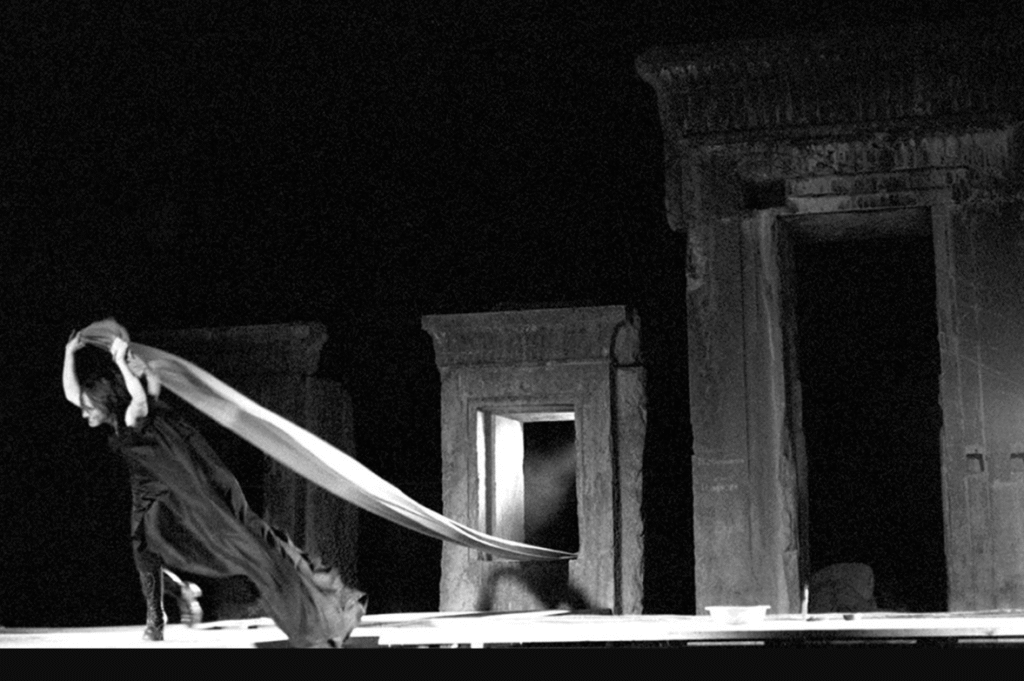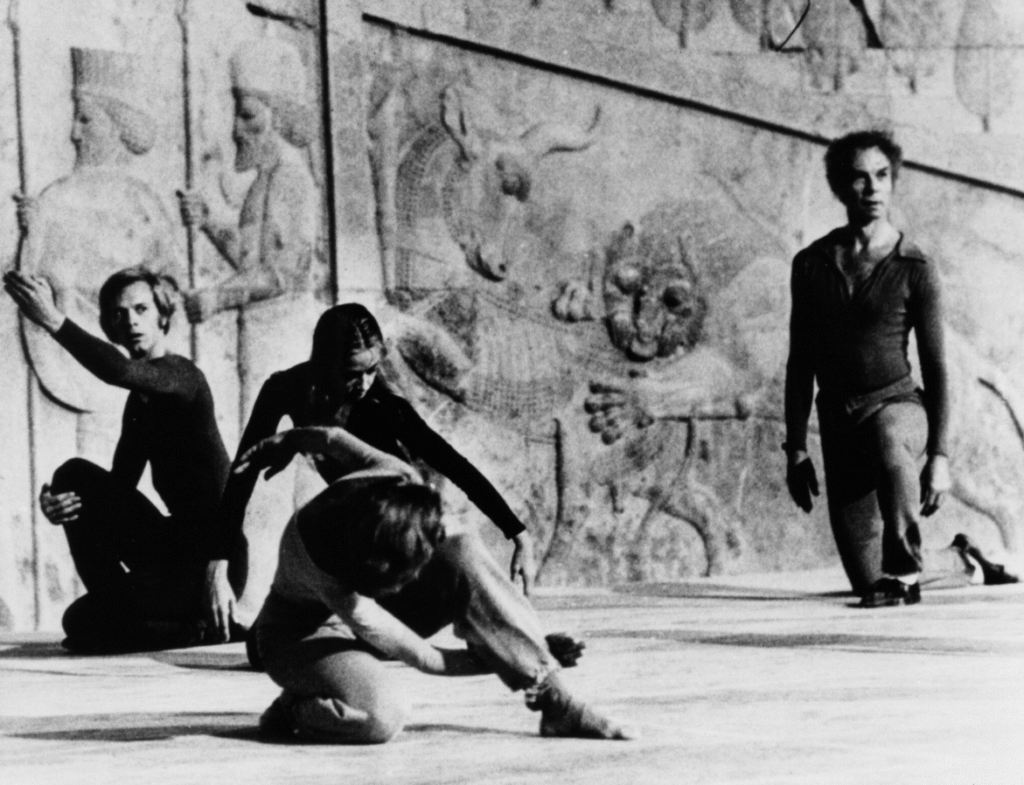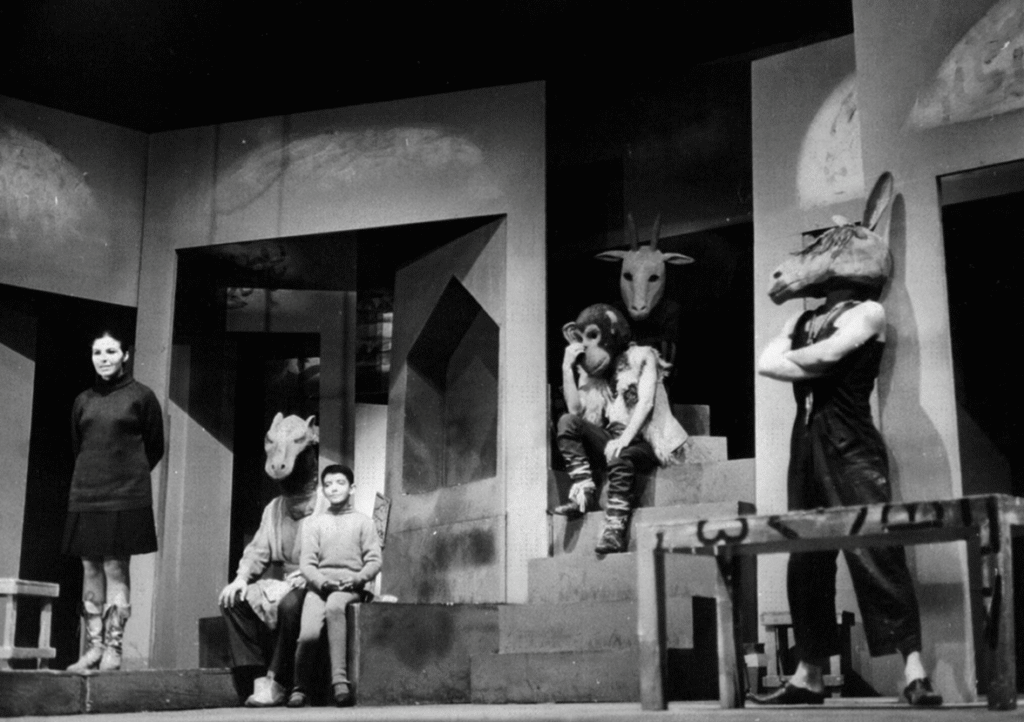About
Founded by Erfan Ghiasi, The Tehran Biennale emerged from a recognition of a profound cultural void, the absence of an independent, critically engaged biennale within Iran’s contemporary Dystopian art landscape. Conceived in 2023 in response to the global proliferation of institutionalized art events, it reimagines how such a format might exist under conditions of surveillance, precarity, and socio-political constraint.
The inaugural edition opened on May 19, 2023, coinciding with a period of national mourning following the execution of three protestors from the Woman, Life, Freedom movement. This convergence transformed the Biennale into a collective act of defiance and remembrance. Without institutional or financial backing, a network of artists and collaborators activated public and urban sites across Tehran and beyond, asserting the possibility of artistic presence amid systemic erasure.




The Tehran Biennale situates itself as both a continuation and reconfiguration of Iran’s earlier art events, most notably the original Tehran Biennale (1958–1977) and the Shiraz Arts Festival (1967–1977). While those initiatives once embodied Iran’s modernist dialogue with the global avant-garde, the contemporary iteration reclaims their experimental ethos from outside both state structures and market systems. It operates as a counter-institution: a self-organized, nomadic platform that rejects the hierarchies of legitimacy and capital that dominate much of the contemporary art world.
Rooted in heretical autonomy, the Biennale draws conceptual influence from Hakim Bey’s writings on Temporary Autonomous Zones (T.A.Z.) and his reading of Hassan Sabbah, founder of the Nizari Ismaili strongholds. Through this lens, the Biennale becomes a temporary yet radical zone of freedom, a fugitive territory liberated from institutional governance, where collective imagination and dissent can unfold. This framework reclaims the notion of the biennale as a performative and political act, a momentary rupture within systems of control.
In this sense, the Tehran Biennale functions less as an event than as an evolving experiment in counter-institutional practice. Together with its sister platform, The Tehran Summit, it forms a curatorial ecology committed to horizontal exchange, collective research, and the production of shared knowledge. Both projects privilege process over product, conversation over spectacle, and community over hierarchy.
At its core, the Biennale advances a vision of art as a tactical form of autonomy, an insurgent practice that reconfigures the infrastructures of visibility and power. It seeks to position Tehran not as a peripheral geography but as an active site of philosophical and aesthetic invention, contributing to a broader reimagining of what artistic institutions can be when detached from the mandates of both the market and the state.
